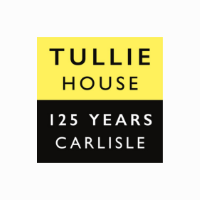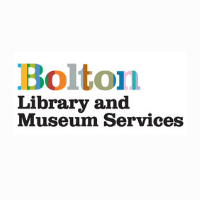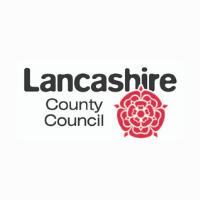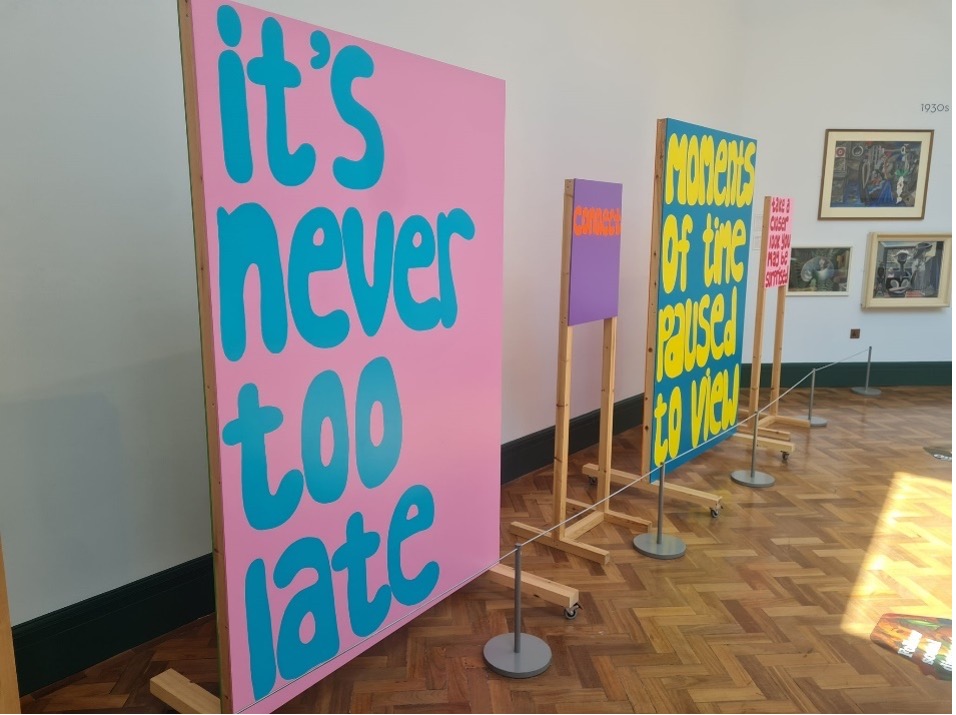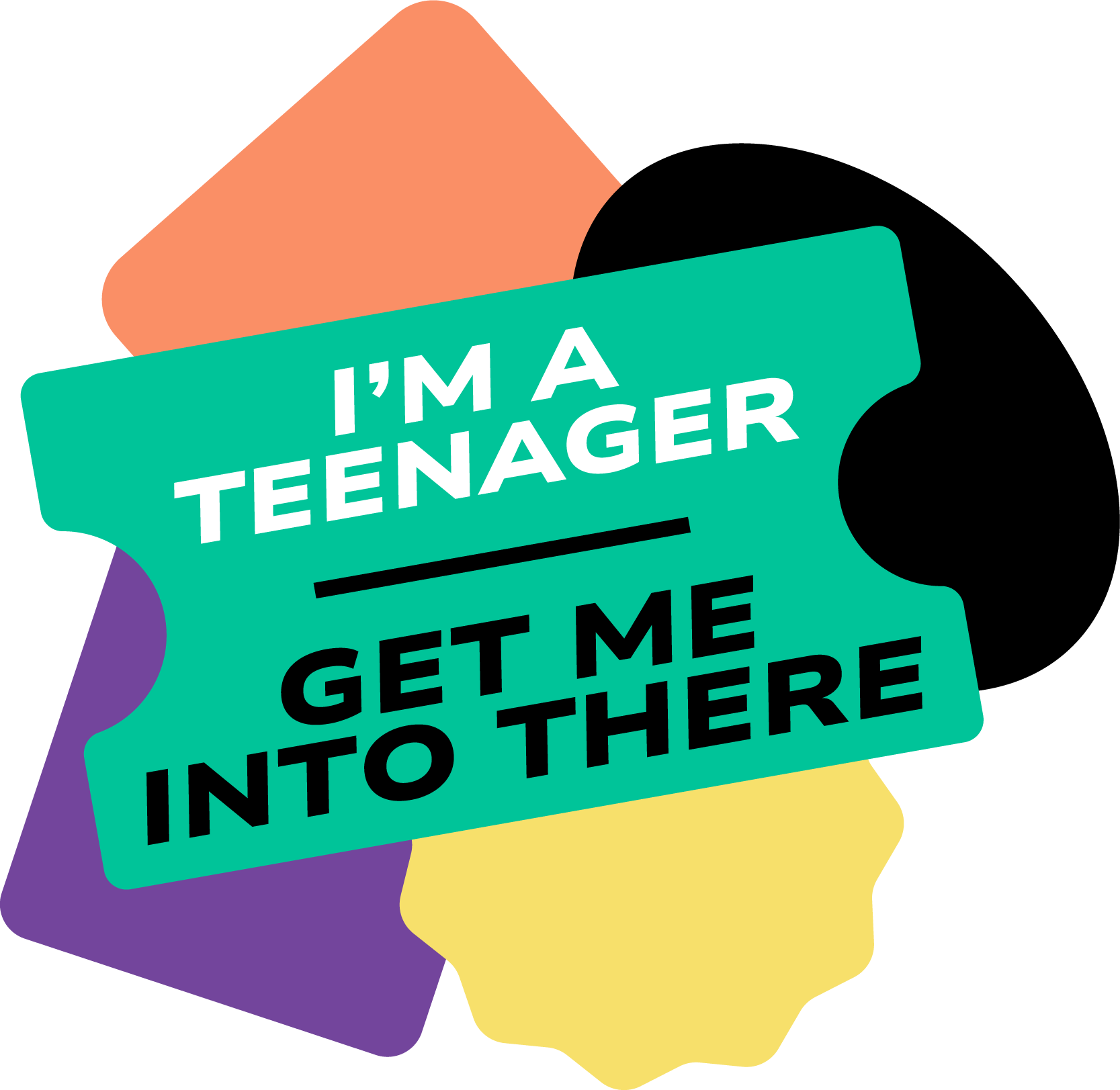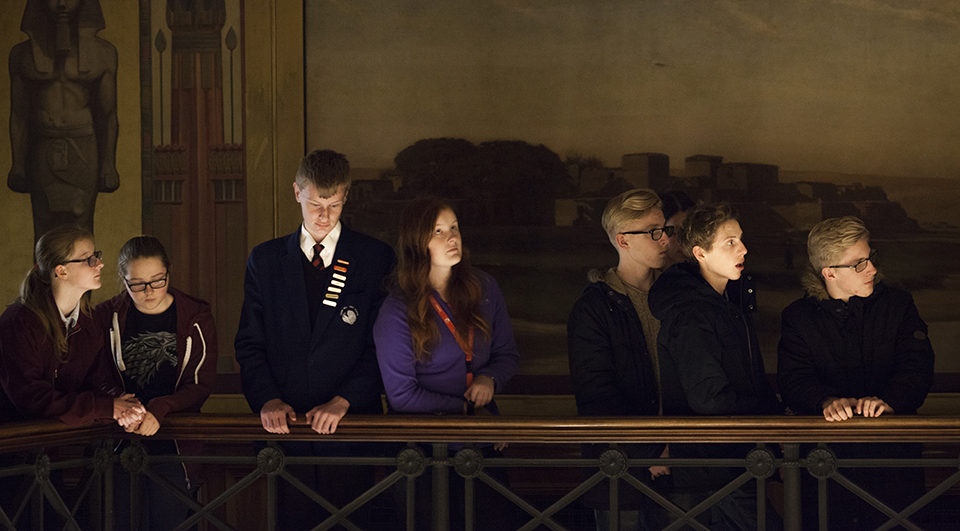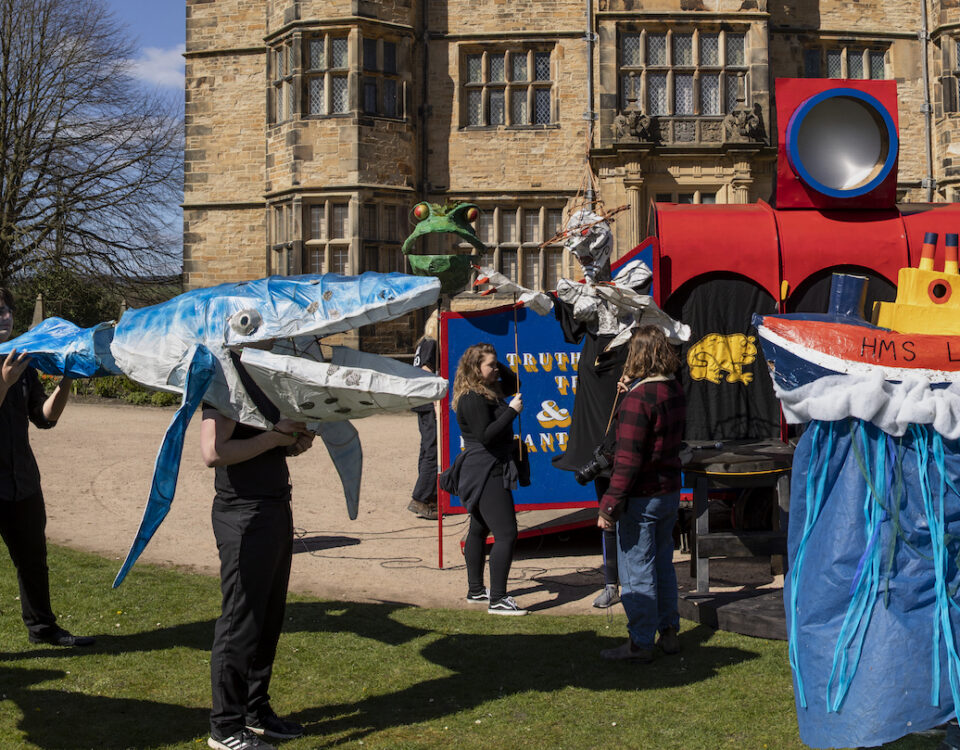There’s a Hope Street in almost every town and city in England
Hope Streets took groups of young people on an expedition into the past; to delve into the hidden history of their local Hope Street. Young people were able to see that local heritage is theirs to own. It has provided a platform for 11-25 year olds from diverse backgrounds to work with heritage organisations, artists and experts to interrogate, agitate and 're-present' their local heritage to produce their own Festivals of Hope.
Made possible thanks to a £977,000 grant from National Lottery Heritage Fund’s Kick the Dust programme, Hope Streets was a five-year programme of organisational change, led by Curious Minds in consortium with Museum Development North West and Youth Focus North West. Its aim was to connect the museum and heritage sector with the youth sector.
Curious Minds set out to model how youth work practices could be embedded in heritage: making young people feel welcome in heritage spaces when they visit outside of school; supporting young people to lead their own projects; and embedding youth voice in organisational planning and governance.
Curious Minds set out to model how youth work practices could be embedded in heritage: making young people feel welcome in heritage spaces when they visit outside of school; supporting young people to lead their own projects; and embedding youth voice in organisational planning and governance.
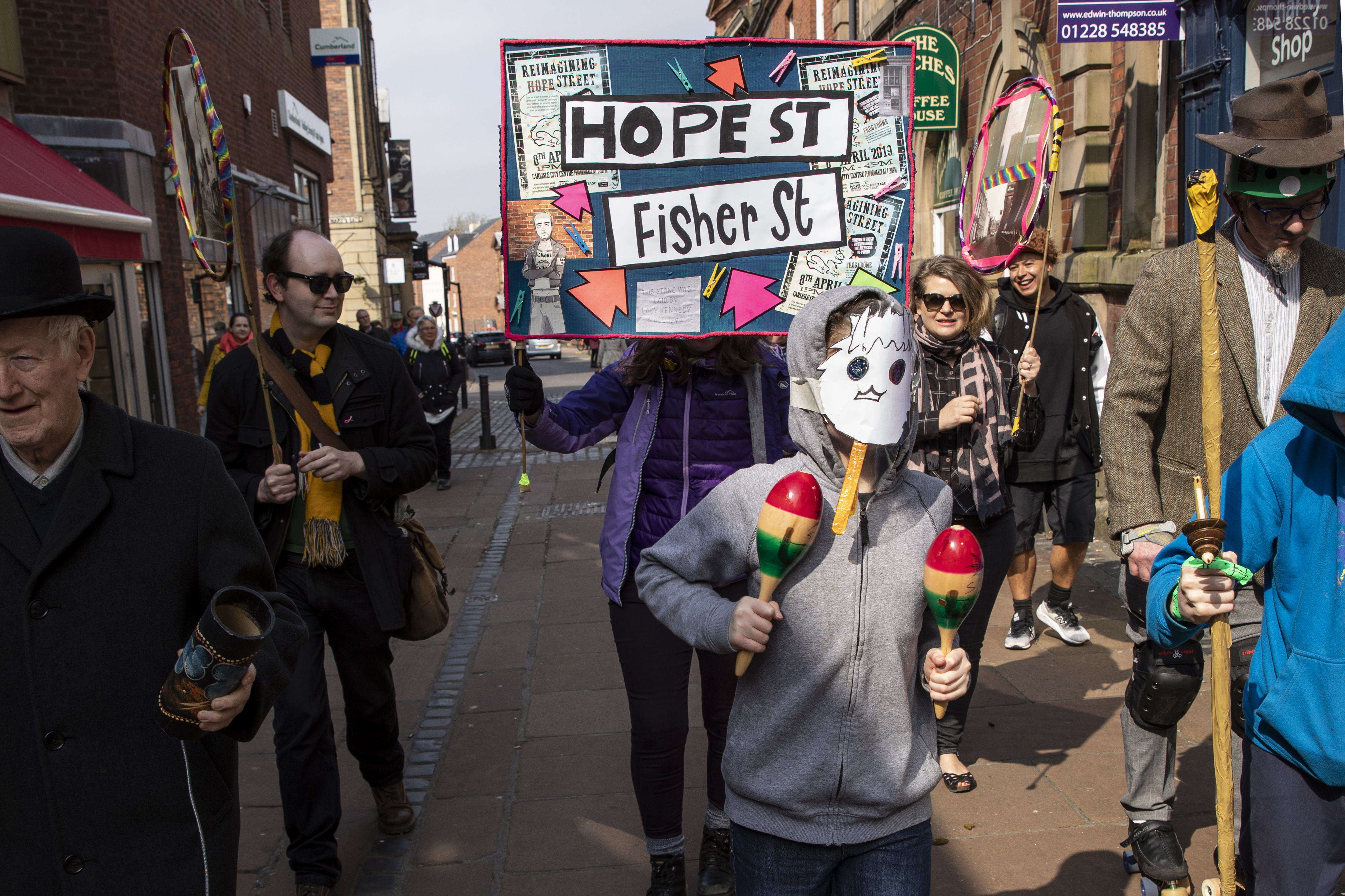
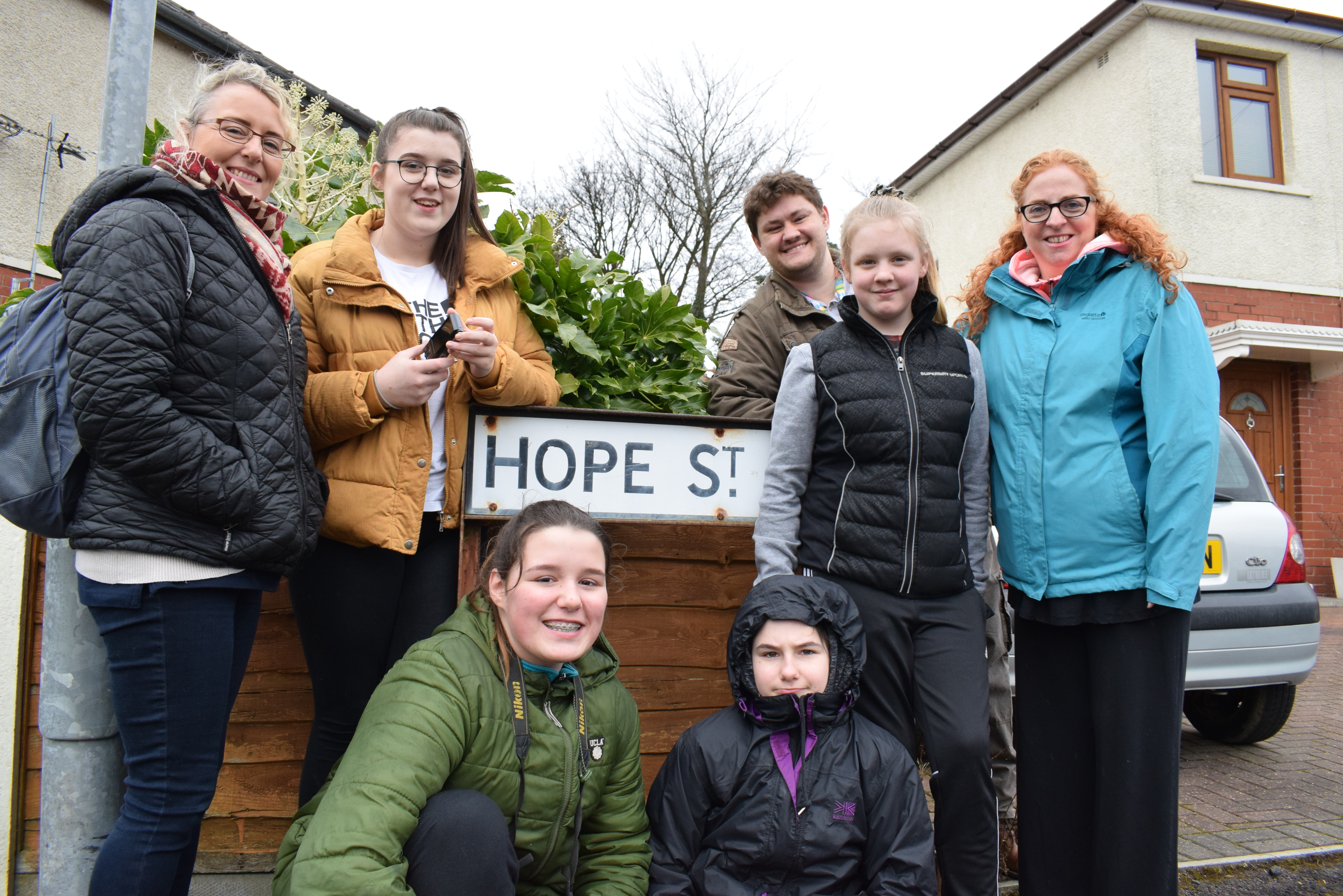
The ambition was to positively change the culture of five ‘Hub’ museum and heritage services, so that young people became a feature of strategic planning, no longer siloed within Education or Learning Teams. Instead, Curious Minds hoped a warm welcome for young people would become ‘business as usual’ across each service and its staff.
Hope Streets spanned the North West with the five key ‘Hubs’ as the locus of activity, but with the aspiration that the good practice would spread like spokes on a wheel from each Hub across the five sub-regions of the North West.
Hope Streets spanned the North West with the five key ‘Hubs’ as the locus of activity, but with the aspiration that the good practice would spread like spokes on a wheel from each Hub across the five sub-regions of the North West.
What did Hope Streets achieve?
There is more youth engagement at the Hubs. It is wider and deeper.
- All Hubs provide Young Producer or Youth Forum type activities.
- Hubs are trialling new activities such as Young Curator and Young Tour Guide groups.
- All Hubs have provided paid opportunities for young people and are increasing their volunteering offer.
The workforce at the Hubs has a greater youth focus.
- Job descriptions now ask staff to be empathetic to young people, or to understand diverse audience groups.
- Hub Leads are spreading best practice in youth engagement.
- Staff took part in the ‘I’m A Teenager, Get Me Into There!’ training.
The Hubs have become experts in youth engagement. They are a resource for the sector.
- Hubs have been asked to contribute to fundraising proposals and have been invited to a range of events to talk about the project (e.g. Kick the Dust joint learning).
- Evaluation reports and an evidence bank have been provided to Curious Minds to build on their work as providers of organisational change.
- Curious Minds have developed their ‘I’m A Teenager, Get Me Into There!’ training course further and are now offering this to the cultural sector in three ways: online, self-facilitated and in-person training
There are more opportunities for youth voice. It is becoming routine for young people to contribute to decision making.
- The two Hubs with boards have either a young Trustee or Community Board representation.
- Consultation and co-creation have become a feature of youth engagement at all Hubs. Hubs say that young people have helped to shape the future of their organisations.
Young people appear in policies and procedures.
- Hubs have updated policies and procedures (e.g. safeguarding, safe working, social media/digital).
- Hubs have trialled new processes and have templates for future recruitment targeted at young people.
- Four Hubs now have youth-friendly admissions.
Strategic documents and plans reflect an increased, and ambitious, commitment to working with young people.
- All Hubs were developing a youth engagement strategy at the end of the project.
- Hope Streets has been cited as an example of expertise in several large successful funding applications, and also in major capital projects.
- All the Hubs have found ways to increase or maintain youth-focused roles.
The building blocks of transformational change
The visual summaries and reports below include many practical learning points derived from the Hope Streets project; exploring key takeaways and actionable advice for for organisations keen to sustainably embed youth focus and participation in their practises.
Training and development
I'm A Teenager... Get Me Into There! is a ground-breaking training programme crafted by Curious Minds as a direct result of the learning generated through this project, plus other extensive research conducted with young people. It aims to support public-facing staff to feel more confident in their interactions with young people and better able to create a welcoming, inclusive environment for the young people they invite into their building.Read about Hope Streets on our blog
June 8, 2023
We are delighted to share news of the publication of a new report from Historic England, the ICRD and Arts Connect, examining the impact of young people's engagement with heritage.
March 28, 2023
Curious Minds is proud to launch a new, free online training programme designed to help the UK's heritage and cultural sectors make their venues more welcoming for young people.
November 1, 2022
Isn’t it odd that young people continue to be under-represented as users of the museum and heritage sector, when they are the most vibrant culture-makers in our society? What can we do about this?
September 22, 2022
Curious Minds' ambitious Hope Streets heritage project is coming to an end. As we reflect on this major programme of work, we are excited to announce an event which will share learning with wider the sector.

